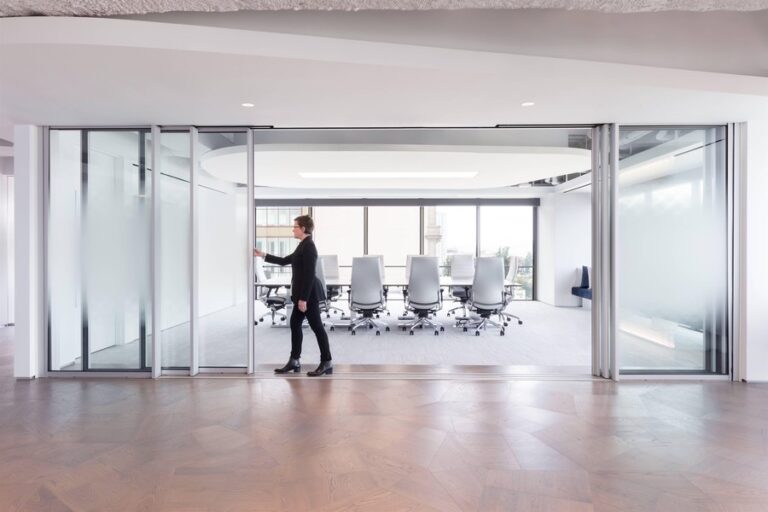
Property owners and managers enhance and maintain their investments by making renovations and modifications. While this can add value and functionality to a property, building alterations may inadvertently compromise the fire-resistant properties of a building’s fire-rated assemblies.
Making changes in fire assemblies, like drilling walls, adding new electrical systems, and replacing fire-rated doors, can disrupt a structure’s carefully engineered fire protection system. The consequences of these types of modifications can affect a building’s safety and code compliance. When making any property improvements, owners and managers must exercise caution.
Fire assemblies like fire-proof walls, doors, windows, and ceilings have specific fire ratings that measure their performance during a fire. These ratings are provided after controlled laboratory tests and certification processes. In the test, the components are exposed to standardized fire conditions to evaluate how they can endure fire exposure.
Fire-rated components have proper installation, operation, and maintenance instructions from manufacturers. When installing fire-rated components in a building, the structural engineer NJ and builders must adhere to the manufacturer’s guidelines so the element can preserve its fire-resistant properties.
However, owners and managers sometimes change buildings to improve their functionality or appearance without seeking professional guidance. Breaching a fire-rated ceiling to install fire alarm cables and replacing ceilings with non-fire-rated suspended ceilings can void the component’s fire rating. Communications and cable installations usually leave unseen holes in building elements like walls and ceilings. These punctures permit the spread of smoke and fire through the roof space, which creates insufficient compartments.
Property owners and managers must consult a commercial building engineer NJ to prioritize fire stopping on any modifications that involve penetrations. Professionals have the knowledge and expertise to plan building improvements so that they do not adversely affect the fire rating of components. An expert’s involvement in planning can help maintain the safety and integrity of the structure, which protects both the occupants and the property.
For more details about how building modifications can affect a component’s fire rating, here is an infographic by Lockatong Engineering.






